Today, when global positioning systems diminish the role of lighthouses, the former navigation structures are becoming nostalgic objects from a past, in which the sea was a mystery and the lighthouses were the guides to return home. Having lost their primary function, the lighthouse typology is reimagined by architects who seek to innovate its function and expand its possibilities of use.
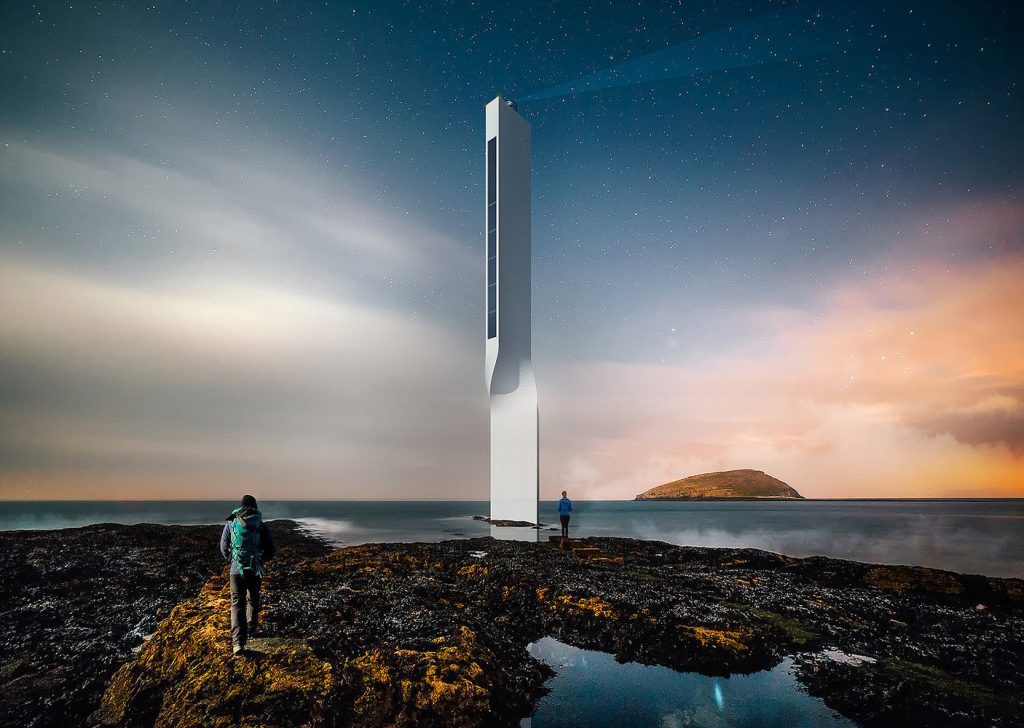
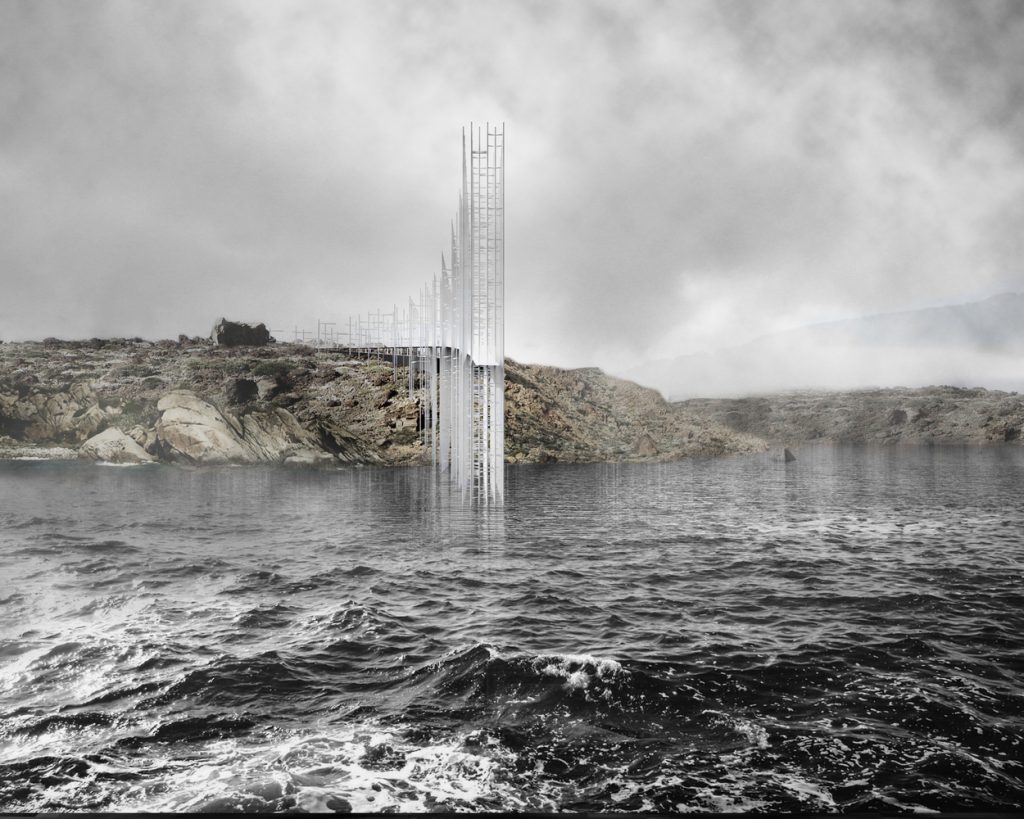
Concordia Lightscape by Gwizdala Andrzej and Adrien Mans
Back in 2015, open-idea competition platform matterbetter initiated Concordia Lighthouse Competition for architectural students and young professionals, which sought to pay tribute to the Costa Concordia Disaster of 2012 when a cruise ship capsized off the coast of Tuscany, causing 33 deaths. Participants were asked to redefine a contemporary lighthouse typology and take into consideration advances in technology, development of sustainable systems and its metaphorical value, which has made it one of the most inspiring structures in the world.
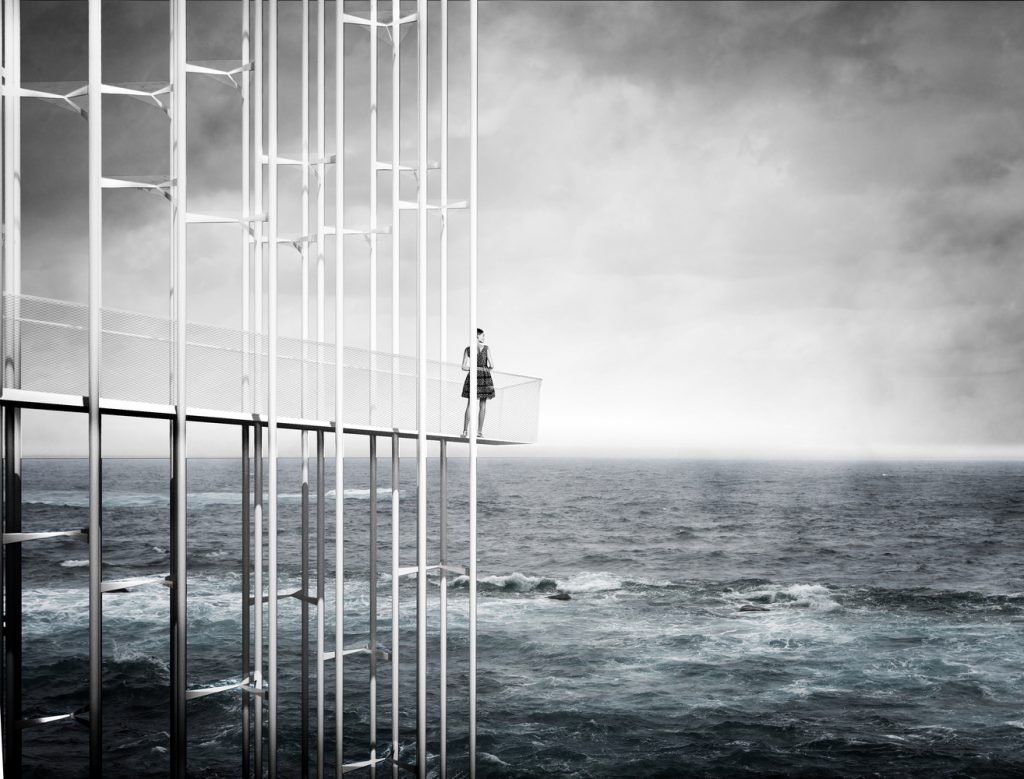
Concordia Lightscape by Gwizdala Andrzej and Adrien Mans
Out of 282 entries, first place was awarded to Gwizdala Andrzej (Poland) and Adrien Mans (Belgium) for their Concordia Lightscape design, which disperses the idea of a lighthouse into thin lines that increase in density as they move closer to the sea. The concept totally redefines the typology of lighthouse, which is usually built as a massive and solid architecture.
Giving the structure new social significance, the design additionally transforms the old introverted lighthouse concept into a public space through a suspended walkway that connects air, land, and sea as it spans throughout the structure.
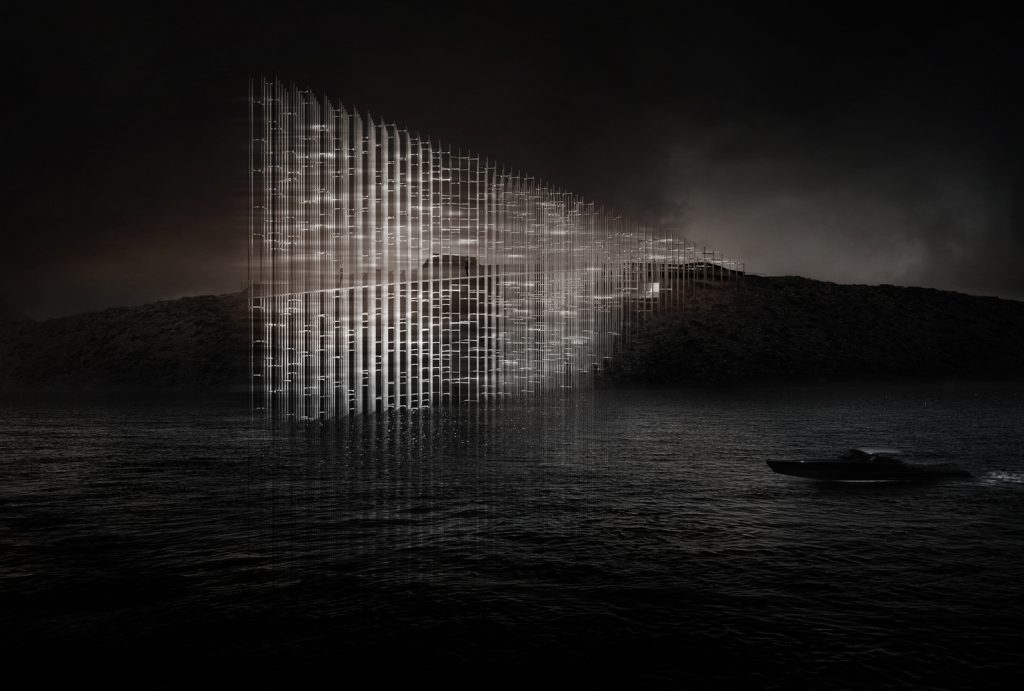
Concordia Lightscape by Gwizdala Andrzej and Adrien Mans
At night, the structure illuminates along 1,000 square meters of horizontal light panels powered by photovoltaic cells, making it a sustainable layer of the surrounding landscape. The fragments of thin lights connect the sea and the coast in a dramatic yet poetic way, creating a “lightscape”, rather than a lighthouse.
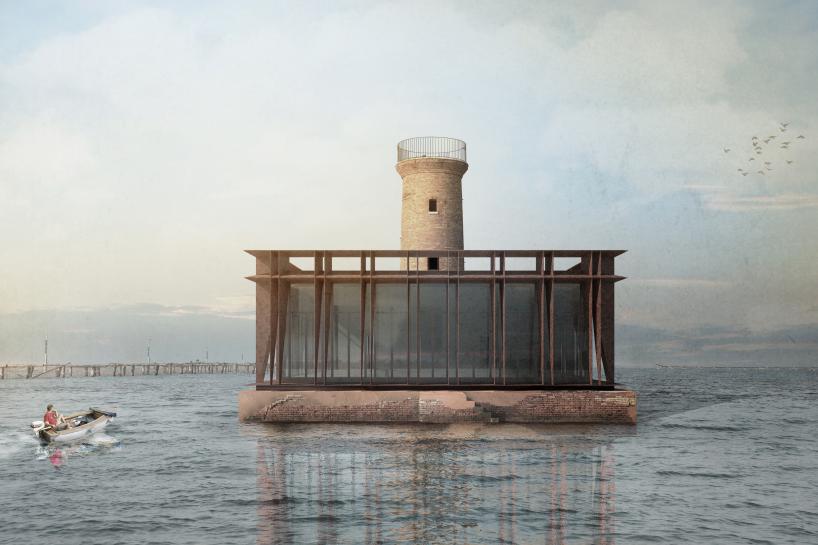
Spignon renovation project by LAD studio
Rome-based studio LAD has proposed a renovation project for Spignon, an abandoned and partially collapsed lighthouse on a small island close to the Venice port entrance. Within the public call named ‘Valore Paese Fari’ (literally translated as ‘the Value of the Country’s Lighthouses’), the studio has decided to treat the rebuilding of the collapsed volume and restoration of the existing tower with great respect to the traditional Venetian architecture.

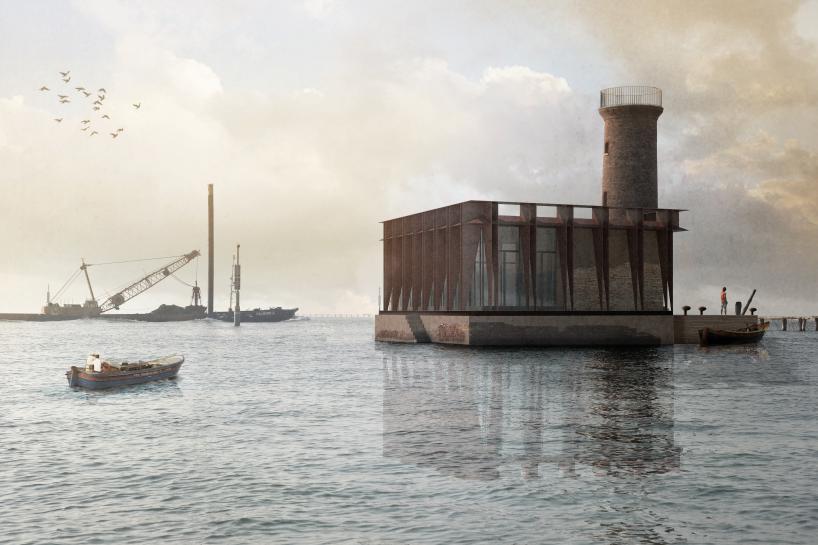
Spignon renovation project by LAD studio
When looked at from the main façade, the structure resembles the old Venetian palaces, while from the three-quarters angle one can see an image of the construction of a hull of a big ship.
Internally, the lighthouse is designed with a flexible plan to make the space adaptable to different uses. The internal walls can be moved, which allows the floorplan to be divided into different rooms, so it can be used for residential or touristic needs. When the walls are put away, the interior becomes large enough to host exhibitions and public events.
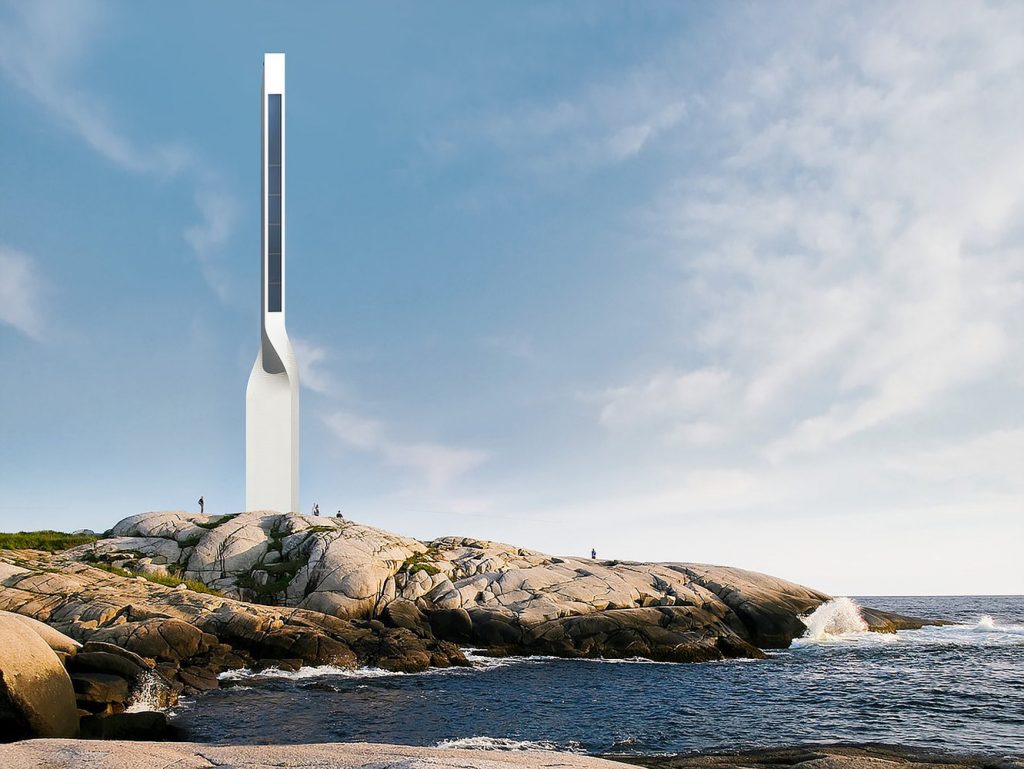
Evolving Lighthouse by Andrea Jasci Cimini (also header image)
Switzerland-based architect Andrea Jasci Cimini has designed a contemporary interpretation of the lighthouse typology, which has slowly evolved into a cultural relic as new technologies render it redundant.

Evolving Lighthouse by Andrea Jasci Cimini
Cimini’s design successfully preserves the conceptual elements of the architectural typology, such as the privileged position in extraordinary places, the height, the distance from other buildings, the direct relationship with the sea and the magnificent view that can be enjoyed from its summit. All these characteristics bring it closer to a tourist structure rather than an essential water navigation tool, divorcing the building from its original function. This is why the architect re-orientated the new typology towards eco-tourism, which aims to provide an environmentally sustainable living environment.

Evolving Lighthouse by Andrea Jasci Cimini
The building consists of a metal reticular structure that houses multiple levels. The first floor accommodates the lobby and some technical rooms providing an access to the room levels through a ladder. The rooms offer Spartan hospitality, more similar to that of an alpine shelter than that of a luxury hotel by the sea. Each one includes a bed overlooking the sea and a small study and reading area. On the top floor there is a common area to enjoy the seascape.
Above the rooms, Cimini has chosen to maintain the physical lantern embedded in the lighthouse, while also placing a wind turbine at the apex of the structure to allow it to be entirely energy self-sufficient.